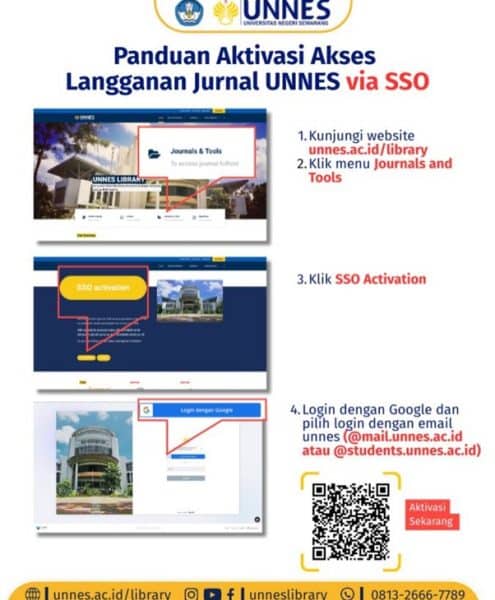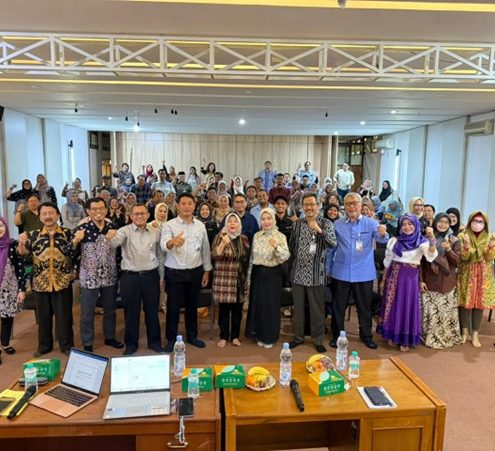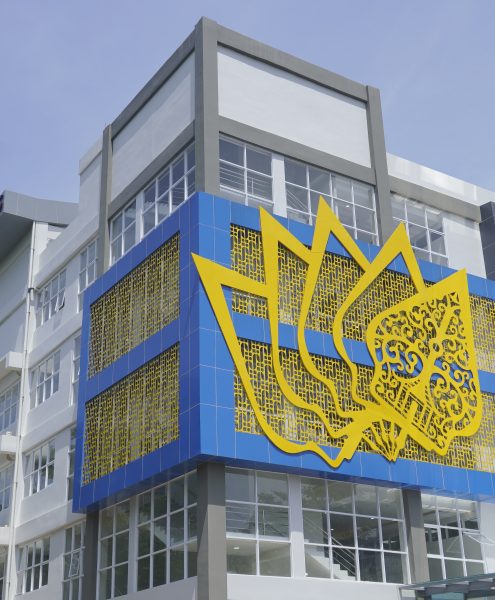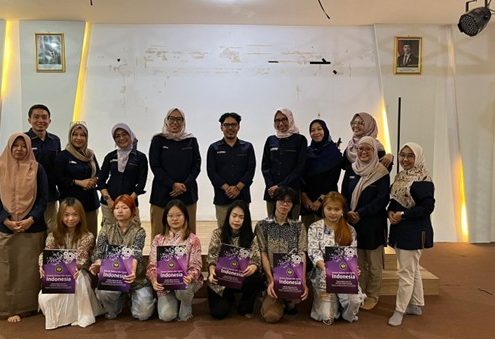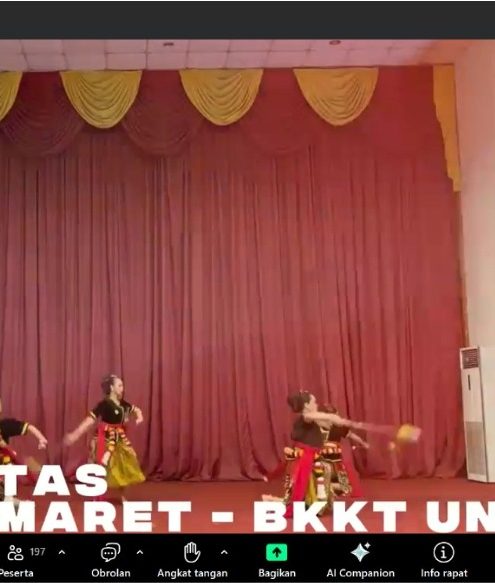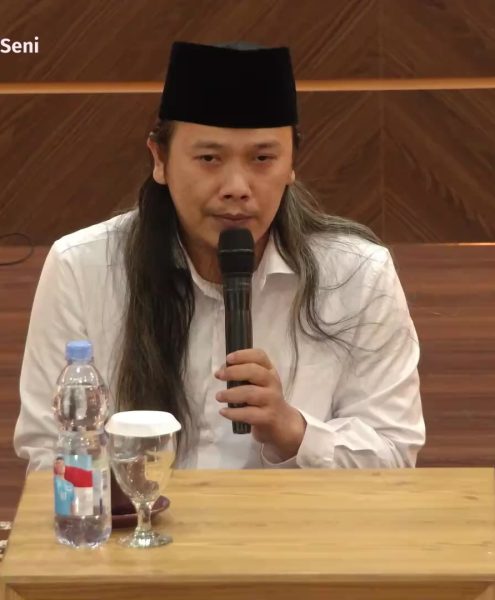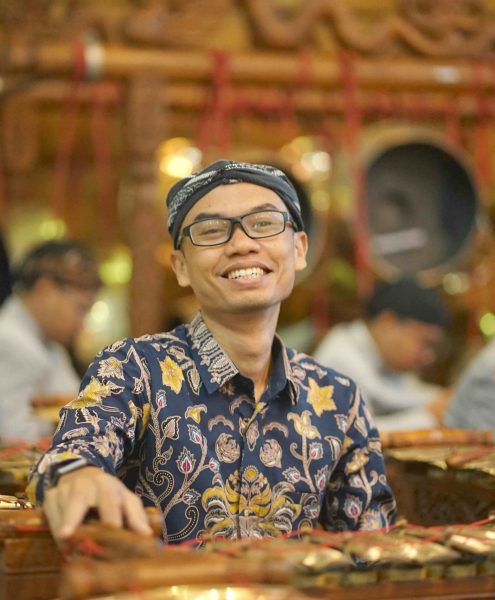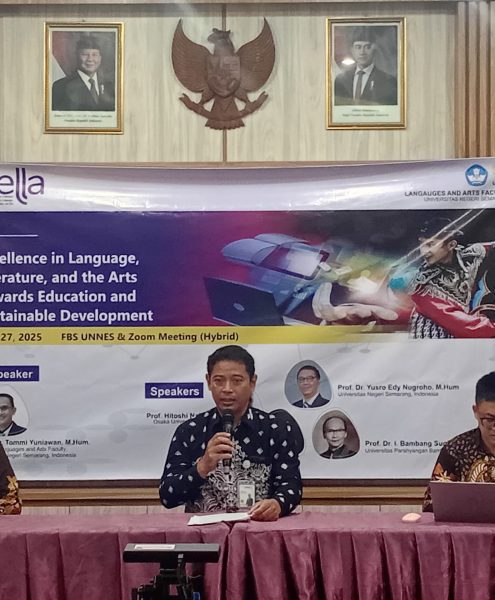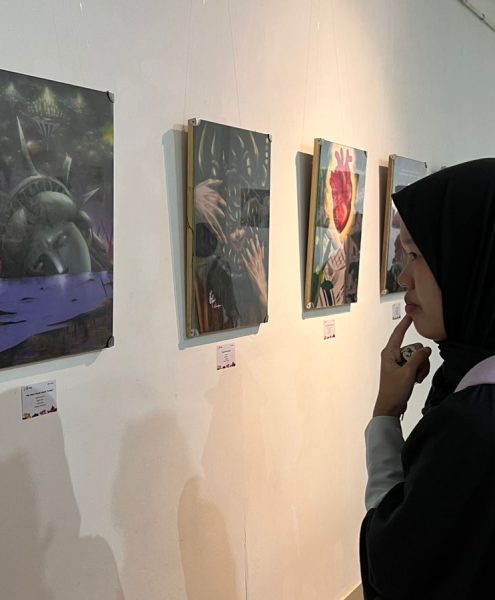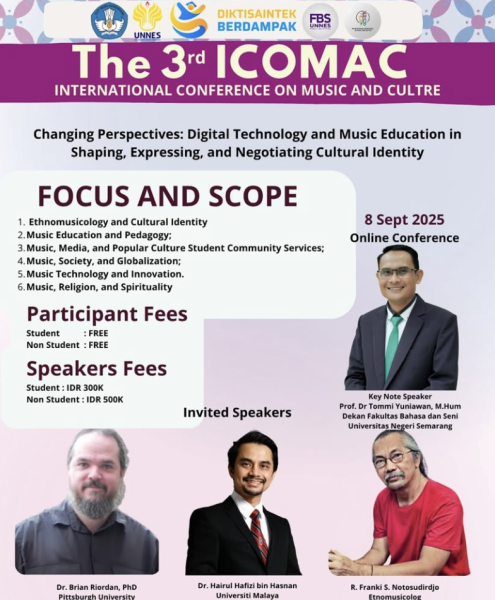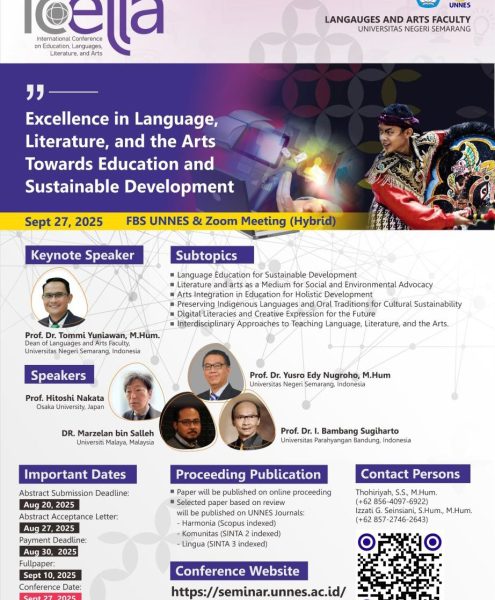Lisda Nurjaleka M.Pd., M.A.
Research Areas: Second language maintenance, Ethnographies studies, Code-switching, Bilingual process
Key Findings/Conclusion:
This study is an ethnographic study on maintaining the second language of an Indonesian child and focuses on how the child surviving her second language, Japanese, in a family environment. The language transfer process such as code-switching, language mixing, and borrowing was found in her interactions with the family member. Some language transfers are found from the second language to the first language or vice versa.
This language maintenance process is unique from other studies due to the special specifications that arise due to the child’s second language acquisition process, even though it is a relatively short time of about four years. She then returned to the activities in her native language, even though the process of acquiring her second language cannot be said to have been completed. The environment, which plays an important role in the language acquisition process, is also the key in this study. The research focuses on the conditions and family support in terms of maintaining Japanese as a second language.
Some phenomena such as language transfer occur in adapting to the native-speaking environment and the child’s efforts to maintain Japanese. So that along with this maintained process, the surviving to maintain her second language were seen. We can also summarize in our interview result that family plays a vital role in her being bilingual. The family is a social organization that allows cross-cultural and cross-generational variables to emerge.
Phenomena in language transfer stages are also found, such as code- switching, language mixing, and borrowing. This phenomenon commonly appears in the bilingual and second language learning processes. Language transfer, either as active semantic or syntactic structures, is seen in everyday life when using “home language.” It forms an idiolect or individual language that creates an interlanguage type. This cross between the first and second languages results in the two languages being tied to each other, resulting in an interlanguage. In this interlanguage stage, we found the phase of developing bilingualism. Moreover, the bilingual child tends to have metalinguistic abilities, cognitive flexibility, conceptual elaboration, divergent thinking, and cognitive pluralism. Therefore, Code-switching, code-mixing in the form of other language patterns are not commonly found in monolingualism.
Link to Download:
https://journalregister.iainsalatiga.ac.id/index.php/register/article/view/5375/pdf
How to Cite:
Nurjaleka, L., & Supriatnaningsih, R. (2021). In the Process of Being Bilingual of an Indonesian Child: The Phenomena of Code-Switching, Language Mixing and Borrowing. Register Journal, 14(1).


